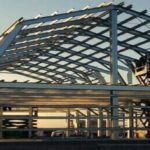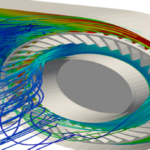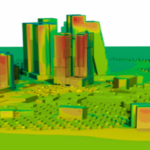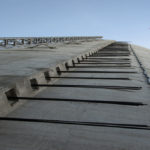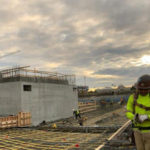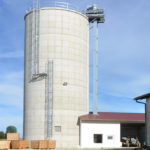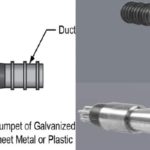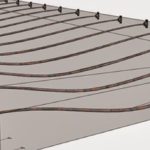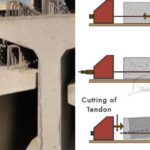Blog
The Relationship Of Architectural Design And Post-Tensioning

Today, post-tensioning technique is widely used in many countries, especially in the United States. One of the most important reasons for its widespread use and the increase in the number of structures designed with the post-tensioning technique is able to the implement of difficult architectural designs.

Slab thickness can be a limiting factor in terms of architecture in buildings that are desired to be designed without beams. In such structures, the post-tensioning method can be a solution both in providing architectural boundaries by reducing the slab thickness and in designing the deflection values below the limit values in the regulations. The position of the column and shear walls on the same axis or the uniformity of the load-bearing system of the building are important factors that facilitate the use of post-tensioning technique in flat slabs and enable a better design.
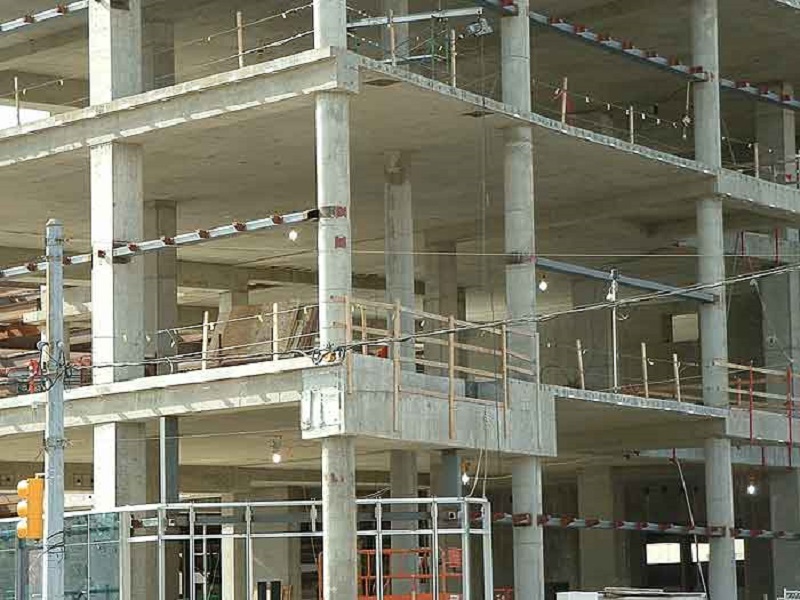
In structures such as sports halls and parking garages, although slab designs with beam are often made, the architectural limitations in such structures are usually the distance between the columns, that is, the spans. In this type of wide-span structures, post-tensioning technique is more economical than conventional reinforced concrete design. In addition, it is desired to create activity areas on the roof of some sports hall structures. The use of post-tensioning on sports hall roofs also allows the application of different architectural designs like this.
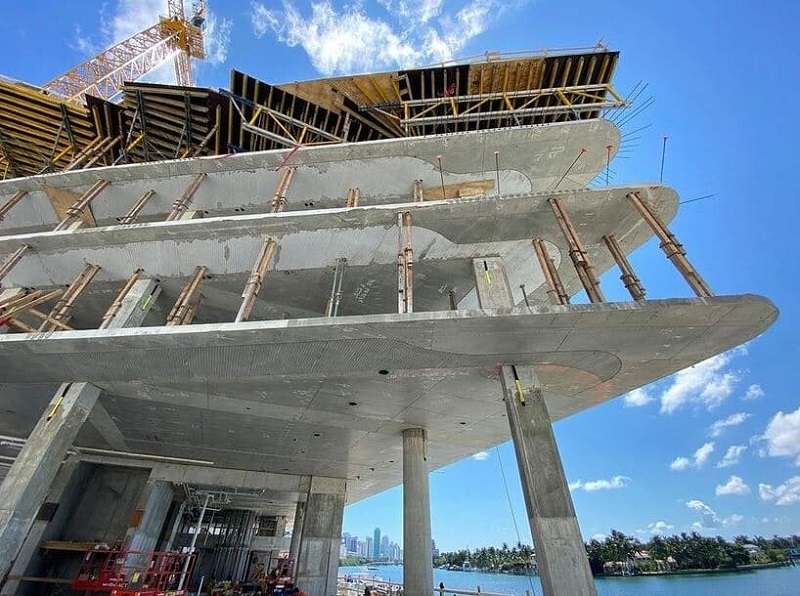
Deflection limits is one of the obstacles of the static design of consoles for architectural designs, can be achieved more economically with the post-tensioning method. Including the deflection topic, the post-tensioning method allows the construction of architectural designs in the desired way in structures that cannot be built with conventional reinforced concrete designs or are insufficient.
Latest Blog
-
Silo Static Project
29 July 2024 -
Methods Used In Earthquake Performance Analysis
4 July 2024 -
Reinforced Concrete Calculation Static Report
31 January 2024 -
Steel Calculation Static Report
31 January 2024 -
What Is CFD Analysis?
22 December 2023 -
What Are The Benefits Of CFD Analysis?
22 December 2023 -
Silo Reinforcement with Post-Tensioning Method
26 September 2023 -
Post Tensioning Method in Cantilever Slabs
4 September 2023 -
Post-Tensioning Application In Reinforced Concrete Silos
22 August 2023 -
Components Of Post Tensining
16 August 2023 -
What Are Pre-Stressing And Post-Tensioning?
11 August 2023 -
What is Prestressing?
8 August 2023 -
History Of Post Tensioning
8 July 2023






